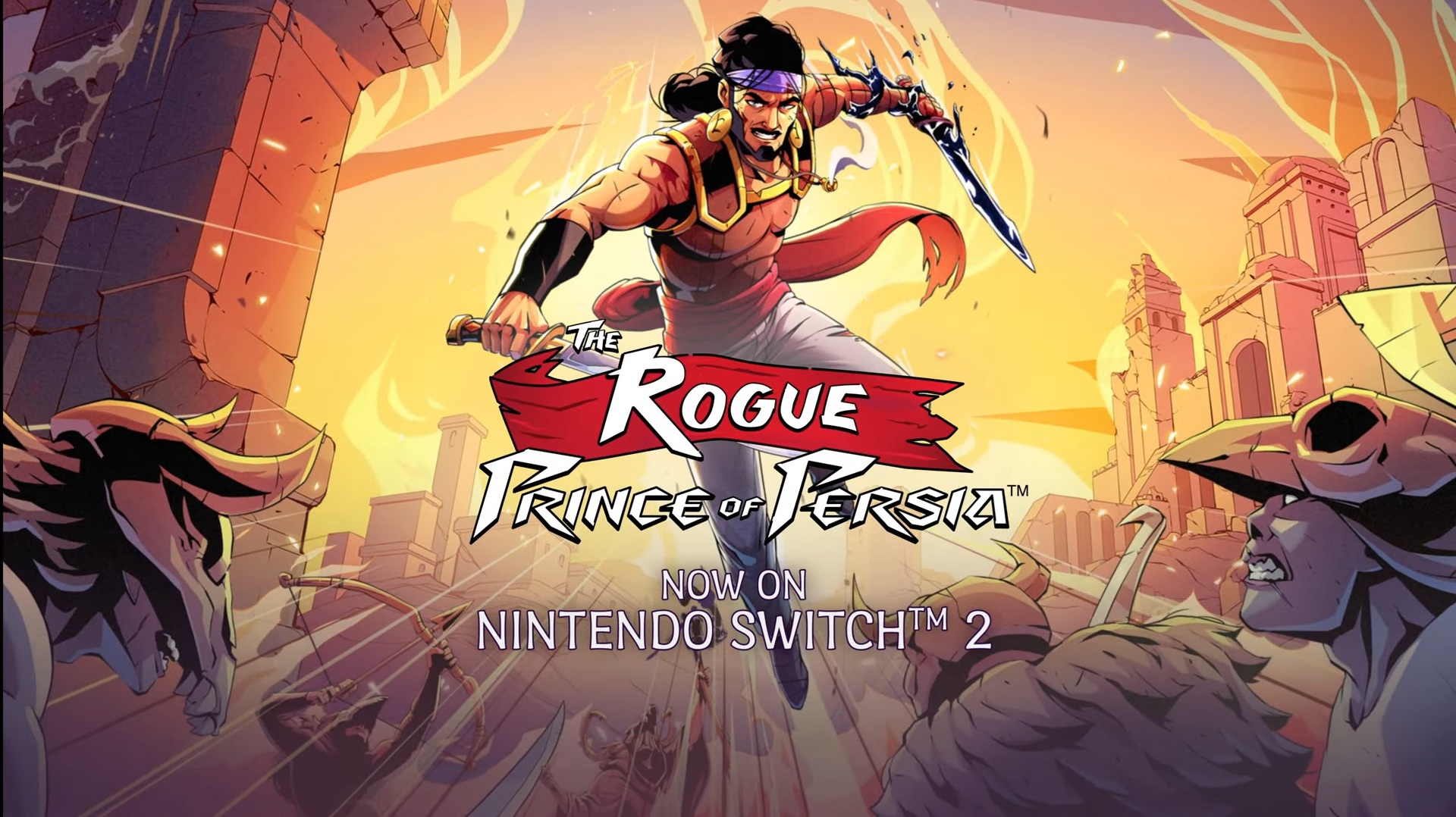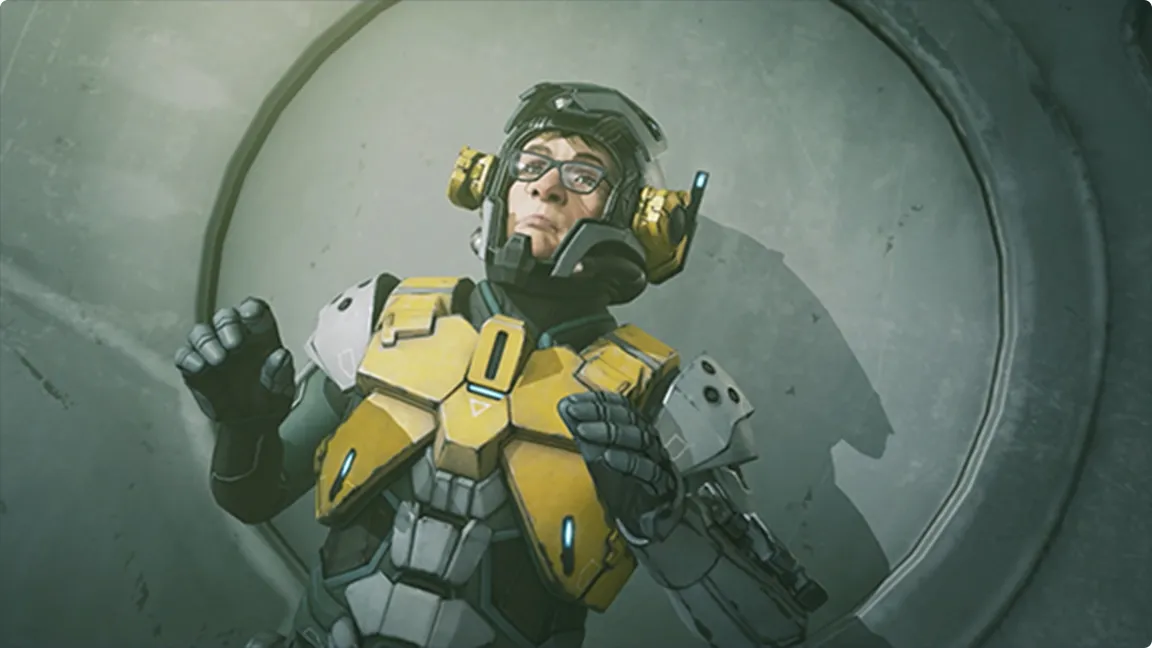Nintendo has once again set a new standard for gaming hardware innovation with the upcoming Nintendo Switch 2, which features a notable redesign of the Joy-Con controllers.
Leveraging advanced magnetic technology, Nintendo’s development team has addressed one of the original Switch’s most persistent pain points: the attachment and detachment of its unique controllers.
The journey from concept to implementation of magnetic Joy-Con controllers has been years in the making.
While rumors swirled for some time regarding the introduction of magnetic attachment for the Switch 2, it was not until earlier this year that Nintendo officially confirmed the hardware.
Significantly, the company’s hardware engineers initially sought to integrate magnets into the first-generation Switch.
However, due to limitations in magnetic strength at the time, these plans did not meet the high standards set by late Nintendo president Satoru Iwata. With technological advancements now in place, the Nintendo Switch 2 delivers a tactile and satisfying Joy-Con attachment experience that surpasses its predecessor.
Recent hands-on demonstrations confirm that attaching and removing the new magnetic Joy-Con feels notably more robust and intuitive than the original rail-based system. In a detailed interview with Mobile Syrup, Switch 2’s lead architects—Director Takuhiro Dohta, Producer Kouichi Kawamoto, and Technical Director Tetsuya Sasaki—shared their insights into the design challenges faced during development.
Recalling the early prototypes, producer Kouichi Kawamoto explained that the team initially omitted a release button, instead relying entirely on magnetic force to secure the controllers.
He emphasized the balancing act required, stating that the team needed magnets strong enough so that children could not detach the Joy-Con accidentally, but also weak enough to allow adults to remove them without difficulty.
Kawamoto described this as delivering “conflicting requests” to Nintendo’s engineers, resulting in numerous design iterations until they settled on the final mechanism. The retail version of the Switch 2 Joy-Con includes prominent release buttons on the back.
When activated, these buttons engage a small pin that separates the controller from the console, effectively breaking the magnetic bond and allowing for seamless removal.
This thoughtful design enhances both convenience and durability. Another significant innovation involves the materials used in the ‘SL’ and ‘SR’ buttons on each Joy-Con.
Tetsuya Sasaki, who served as technical director, highlighted that the decision to use metal for these buttons was a rare move in the realm of console development, as metal buttons are uncommon in gaming hardware.
Sasaki noted that extensive experimentation was necessary before the team arrived at this solution, presenting a fresh approach to both materials and magnetic engineering. With the Nintendo Switch 2’s launch, players can look forward to a controller system that merges technical ingenuity with practical improvements.
As Nintendo continues to iterate on its hybrid hardware, the move to magnetic Joy-Con underscores the company’s commitment to refining the user experience and setting industry benchmarks.
The Switch 2 is poised to reaffirm Nintendo’s leadership in the evolving landscape of interactive entertainment, and fans can anticipate further innovations as the platform launches through Nintendo Direct announcements and the Nintendo eShop.
Leveraging advanced magnetic technology, Nintendo’s development team has addressed one of the original Switch’s most persistent pain points: the attachment and detachment of its unique controllers.
The journey from concept to implementation of magnetic Joy-Con controllers has been years in the making.
While rumors swirled for some time regarding the introduction of magnetic attachment for the Switch 2, it was not until earlier this year that Nintendo officially confirmed the hardware.
Significantly, the company’s hardware engineers initially sought to integrate magnets into the first-generation Switch.
However, due to limitations in magnetic strength at the time, these plans did not meet the high standards set by late Nintendo president Satoru Iwata. With technological advancements now in place, the Nintendo Switch 2 delivers a tactile and satisfying Joy-Con attachment experience that surpasses its predecessor.
Recent hands-on demonstrations confirm that attaching and removing the new magnetic Joy-Con feels notably more robust and intuitive than the original rail-based system. In a detailed interview with Mobile Syrup, Switch 2’s lead architects—Director Takuhiro Dohta, Producer Kouichi Kawamoto, and Technical Director Tetsuya Sasaki—shared their insights into the design challenges faced during development.
Recalling the early prototypes, producer Kouichi Kawamoto explained that the team initially omitted a release button, instead relying entirely on magnetic force to secure the controllers.
He emphasized the balancing act required, stating that the team needed magnets strong enough so that children could not detach the Joy-Con accidentally, but also weak enough to allow adults to remove them without difficulty.
Kawamoto described this as delivering “conflicting requests” to Nintendo’s engineers, resulting in numerous design iterations until they settled on the final mechanism. The retail version of the Switch 2 Joy-Con includes prominent release buttons on the back.
When activated, these buttons engage a small pin that separates the controller from the console, effectively breaking the magnetic bond and allowing for seamless removal.
This thoughtful design enhances both convenience and durability. Another significant innovation involves the materials used in the ‘SL’ and ‘SR’ buttons on each Joy-Con.
Tetsuya Sasaki, who served as technical director, highlighted that the decision to use metal for these buttons was a rare move in the realm of console development, as metal buttons are uncommon in gaming hardware.
Sasaki noted that extensive experimentation was necessary before the team arrived at this solution, presenting a fresh approach to both materials and magnetic engineering. With the Nintendo Switch 2’s launch, players can look forward to a controller system that merges technical ingenuity with practical improvements.
As Nintendo continues to iterate on its hybrid hardware, the move to magnetic Joy-Con underscores the company’s commitment to refining the user experience and setting industry benchmarks.
The Switch 2 is poised to reaffirm Nintendo’s leadership in the evolving landscape of interactive entertainment, and fans can anticipate further innovations as the platform launches through Nintendo Direct announcements and the Nintendo eShop.






